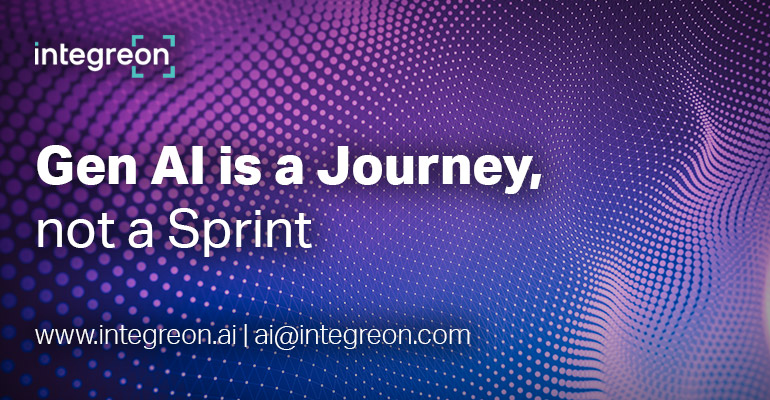In every technology innovation cycle, there is a natural tendency to think that the newest innovation is the silver bullet for long-standing problems, almost magically.
When AWS and Azure began to have meaningful market traction 12 years ago, the cloud promised lower cost, speed to market, evergreen compliant infrastructure, and a much more resilient and secure infrastructure. Many businesses succeeded on the cloud platform, such as Capital One in financial services, Netflix in media, and Airbnb in travel and hospitality.
Today, it has become almost inconceivable to build solutions other than in the cloud. Yet, many companies failed to achieve the values cloud promised, even though they have made inroads into the cloud and have built the resemblance of a hybrid cloud architecture. When CIOs and CTOs meet privately, often you hear the stress signals that cloud added cost, that cybersecurity attack surface has increased not decreased, and talent for high-end automated cloud management is hard to come by.
What is the difference between cloud winners and losers?
How can the cloud adoption experience inform Gen AI adoption as we travel through the Gartner hype curve from excitement and intrigue to value creation?
I believe that one of the key differences between the winners and the losers is the early recognition that transformative technology adoption is a journey, not a sprint, and certainly not a collection of a dozen use cases of plug-and-play technology implementation projects alone. A journey requires sustaining power, and a thoughtful multi-pronged approach to transform the organization that matters to customers and internal and external stakeholders.
The transition to the cloud feels like it has taken place overnight. In reality, the journey took about 7-8 years. The number of files in AWS S3 grew from 2 trillion items to 100 trillion items from 2013 to 2021. To add another 180 trillion items to S3 took only two years in 2023. Similar statistics abound in other cloud services.
In legal services, Technology Assisted Review (TAR) was first introduced around 2010 based on supervised learning methods. Continuous Active Learning (CAL or TAR 2) with unsupervised learning methods came to the market around 2014. Today, TAR and CAL have become accepted technology practices in document review if both litigating parties can agree. As of this writing, the overall TAR and CAL adoption is around 40% of the market, 14 years into the technology introduction. The wheels of justice do seem to move slowly and finely.
Gen AI will likely see a much faster adoption curve.
Legal services are saturated with unstructured data, which provides rich opportunities for Gen AI to transform the largely human-scale legal services industry. Legal departments and law firms are typically underserved by legacy corporate IT, which developed most of its capabilities around structured data. Many legal departments and law firms are thus well positioned to leap-frog digital transformation in unstructured data space by strategically leveraging the agility, innovation, process know-how, and economics of Gen AI-enabled service providers.
How long will this Gen AI transformation journey take?
My educated guess is 3 to 5 years for legal services and 5 to 7 years beyond legal. The exact timing is hard to tell, perhaps not even important. The point is it is not overnight, and it will happen much faster than we realize.
As Bill Gates famously said: “We always overestimate the change that will occur in the next two years and underestimate the change that will occur in the next ten. Don’t let yourself be lulled into inaction.“


